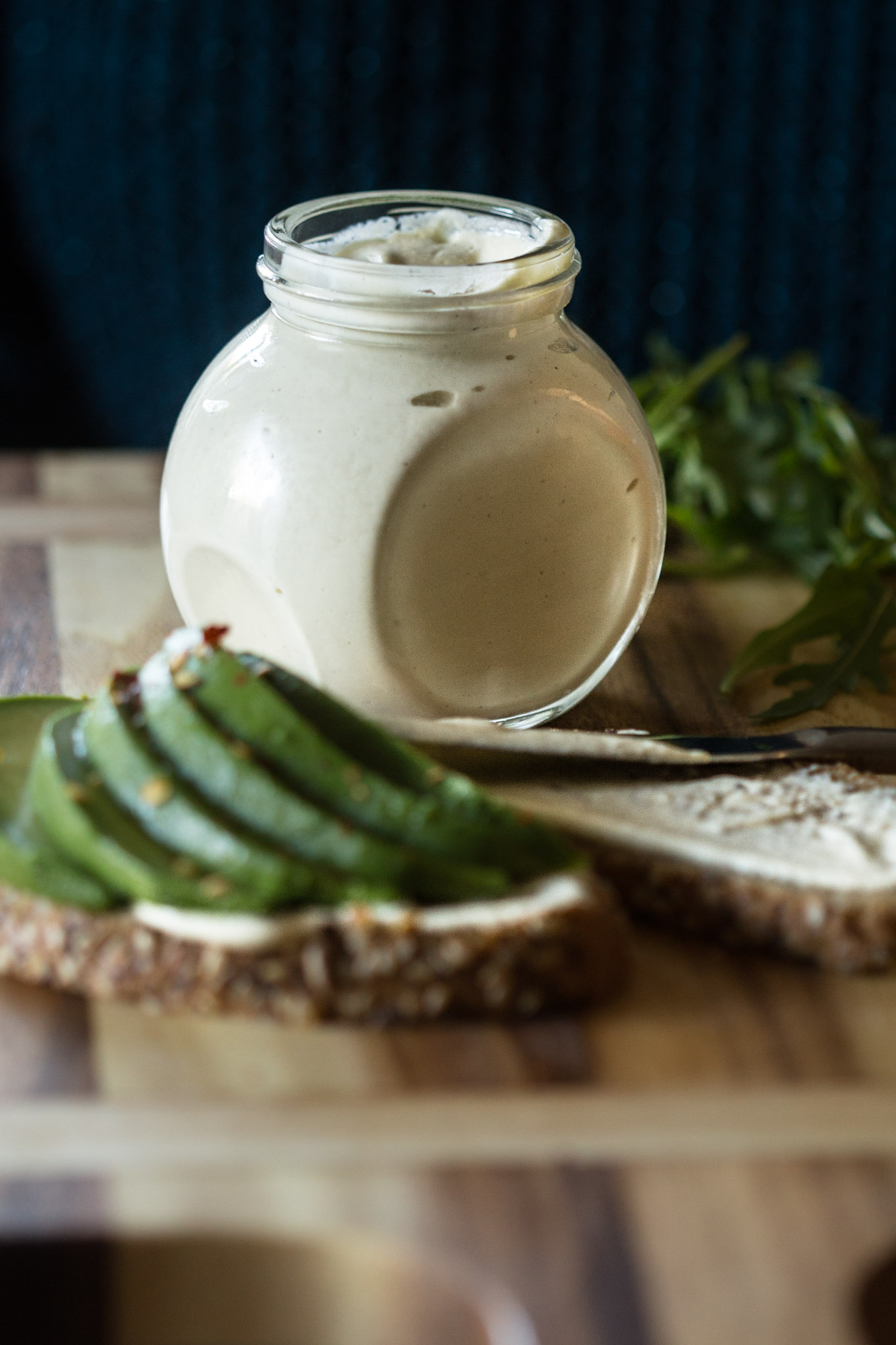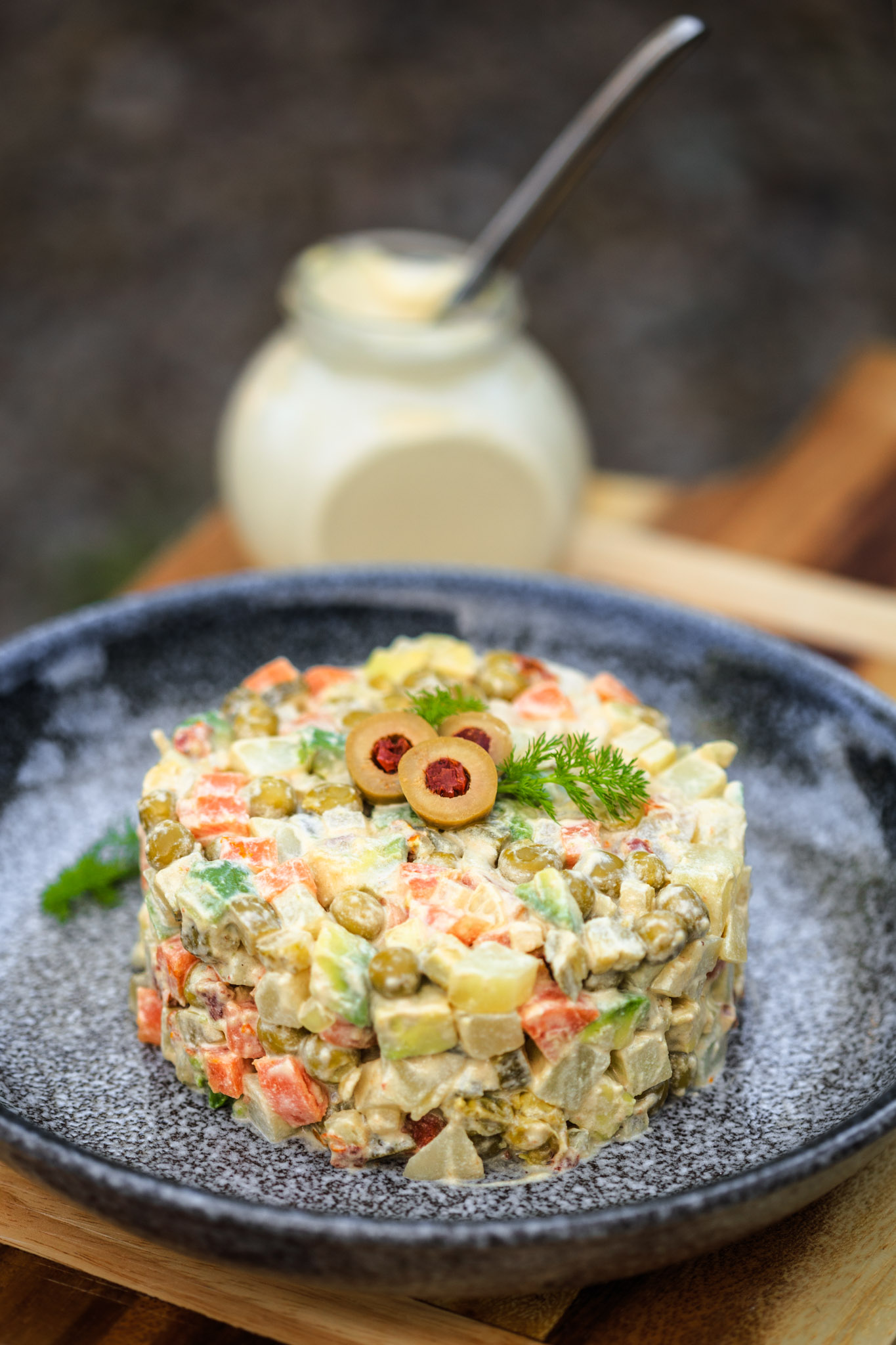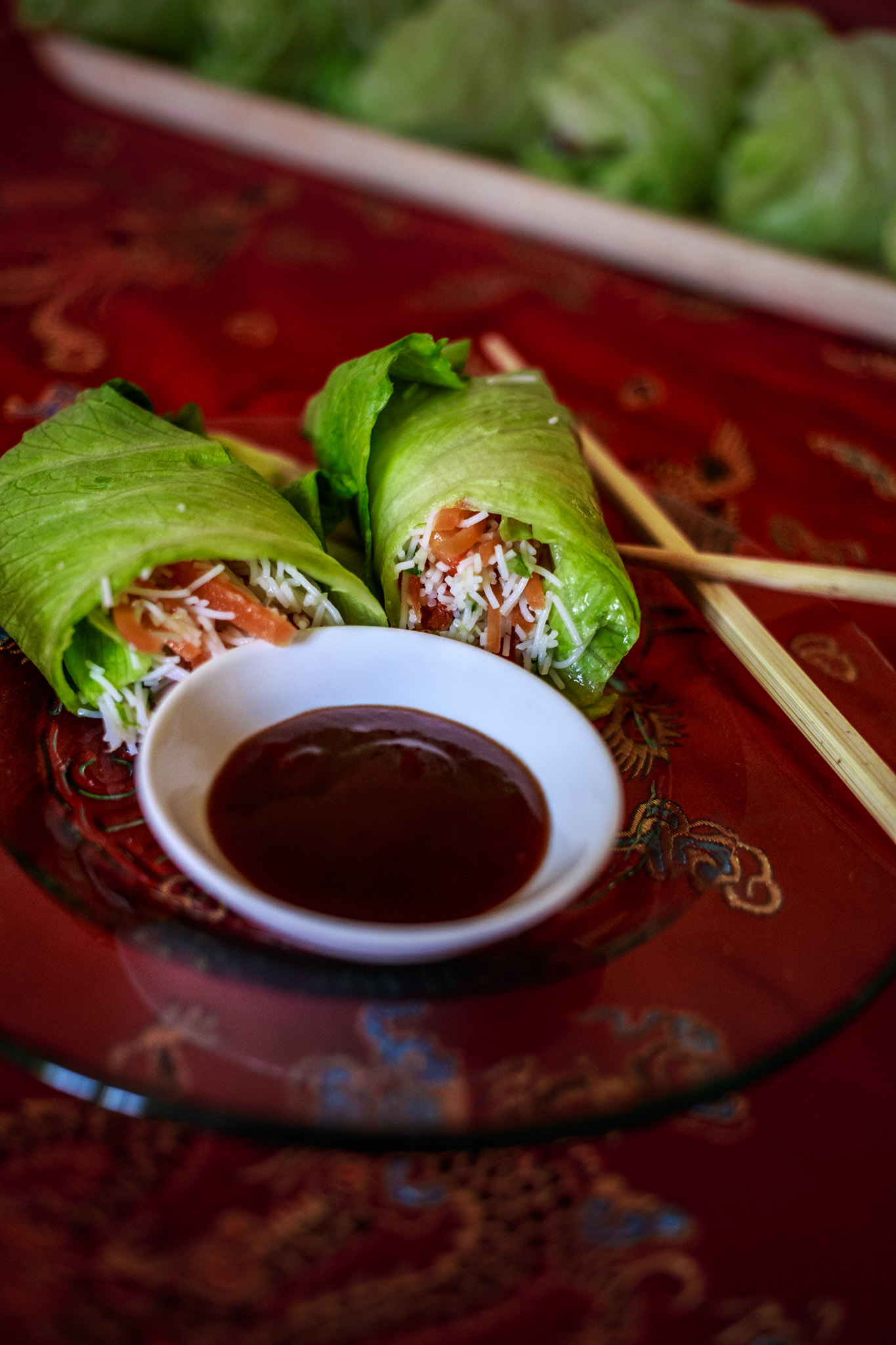Who doesn’t love mayonnaise? Well, lots of people. …I used to be one of them, in fact. Growing up, my sister always loved the stuff, I was not too keen on it, and I remember my brother Dean absolutely despised it. Maybe for those of us who didn’t love it at first bite, it’s an acquired taste? Because after I met S I did eventually come around to liking it. I used to cook with a Lithuanian woman who, nearly every time she used mayonnaise observed:
Irish people love their Mayo.
And I don’t mean the County. I’ve heard far more an Irish person proclaim their love for the fattening spread than the sparsely-populated County that coincidentally bares it’s nickname. (The latter arising in conversation more often as the unwitting butt of a joke rather than the object of someones affection.)
Mayonnaise in Irish Cuisine
There is no getting around it, mayonnaise is popular in Ireland. Take a walk into your average deli in Ireland and you will find most of the “salads” swimming in it. A lot of people here have a taste for it, but I don’t quite think it’s fair to blame the natives… Most of those mayonnaise-based salads you see in Irish delis are of course American in origin; coleslaw, potato salad, etc.
Curious who really ‘loves their mayonnaise’ the most, I had to look up the statistics. You may be surprised to know neither Ireland nor even America are anywhere to be found in the top 11 mayo consumers per capita.1
Ironically, about 9 out of 11 countries on the list are Eastern European. Including Lithuania, which earned the #2 spot on the list!2 Second only to Russia 3 who happens to be our Nation of the Month for February 2018.
Mayonnaise is not Vegan
I’ve talked to a surprising amount of people with lactose intolerance who believe they can’t eat mayo. Upon finding out mayonnaise is dairy-free their reactions range from excitement to utter confusion.
The myth is probably spreading because many salads that use mayo as a dressing also use a dairy product like yoghurt or sour cream, sitting them side by side ingredient lists. However, I have never come across a mayonnaise that contains any dairy product.
What’s in Mayonnaise?
About 90% of it is just oil. Healthy, right? Egg yolks make up the bulk of the remainder, which is why conventional mayo is not vegan.
Vegan Alternatives to Mayo
Store Bought
There are a number of vegan alternatives to mayonnaise, and they are growing increasingly easy to source at your local supermarket. To name a few:
- Follow Your Heart’s Vegenaise
- Their Sriracha version is Da Bomb.
- Plamil’s Egg-Fre Mayo
- “Just Mayo” by Hampton Creek (who Hellman’s spent months trying to sue over their chosen name, before giving up and releasing their own vegan mayo!4)
- Granovita’s “Mayola”
- Even Tesco has their own brand vegan mayonnaise under their free from label
Making Your Own
It’s pretty simple and straight forward making veganaise at home. It’s not much different from making conventional mayonnaise at home by merely substituting the egg yolks with your plant milk of choice. Blend plant milk with lemon juice and or vinegar, slowly but steadily adding oil to make an emulsion, add mustard and salt.
The one thing conventional mayo, the store bought vegan mayos, and the method above have in common is that they are all mostly oil
The recipe below, is something completely different. To be honest, it isn’t even trying to be mayonnaise in the first place. But the end result is decidedly mayo-esque and can certainly be used everywhere and anywhere you do, or would like to use mayo.
Healthier Option
This Egg-Free Vegan Cashew Cauliflower Mayo does not lack in creamy richness. Tasting it, it is hard to believe that the vast majority of the oil in the recipe has been swapped out for whole nuts, Cauliflower, and good old H20.
Of course, following this recipe means using far less oil, you also get full control over which oil goes into the spread. I chose Sussed’s “Algae Oil and Cold Pressed Extra Virgin Rapeseed Oil” Something I was very excited when I found, because it’s a major win on the Omega 3 front!
Omega 3 isn’t like a vitamin with a set RDA, instead the important factor is the ratio of Omega 6 to Omega 3. Western diets are usually saturated in far too much Omega 6 compared to the intake of Omega 3, so using oils high in Omega 3 like this oil from Sussed helps to tip the scale in the right direction!
It Only Takes 2 Minutes!
I know I’ve written the time in as an hour and 2 minutes, but don’t let that scare you. I felt the need write it that way to highlight the fact that you do need the foresight to soak your cashews. The best thing to do is just throw them into water the day before! Once your cashews are soaked, the whole process takes 2 minutes!
Cashew Cauliflower Mayo
Ingredients
- 100g Cashews
- 50g Cauliflower
- 60ml Water
- 60ml Oil of Choice
- Juice of Half a Lemon
- 15ml Vinegar
- 5g Dijon Mustard
- 1/2 teaspoon Salt
Directions
- First, the Cashews must be soaked. The best way to do this is leave them in cold water overnight. If you want to make it on shorter notice, you can use the “quick soak” method, by pouring boiling water over your cashews and letting them soak for 1 hour.
- Drain the Cashews, roughly chop the Cauliflower, and add all the ingredients to a blender.
- Blend until smoother than 007 and Captain Jack Sparrow’s love child.
Keep the finished spread in a refrigerator. It should keep for about a week.
- https://www.insidermonkey.com/blog/11-countries-that-consume-the-most-mayonnaise-349914/
- https://www.insidermonkey.com/blog/11-countries-that-consume-the-most-mayonnaise-349914/11/
- https://www.insidermonkey.com/blog/11-countries-that-consume-the-most-mayonnaise-349914/12/
- http://metro.co.uk/2016/02/03/hellmanns-launches-vegan-mayo-after-trying-to-sue-eggless-spread-rival-5660516/






where is Poland in Mayo statistics? We should be up there with Russia, loads and loads of salads are bonded by mayo, but they are much nicer than American or Irish one, the more ingredients the better 🙂
You are #10 on the list! I think this spread is especially well suited as a dressing for bonding the types of salads you mention. I’d love to hear what you think of it in your Polish recipes! Today we used it to create a fully plant-based version of Russian Olivier Salad!
I totally agree with you on the number of ingredients in those salads … When I make coleslaw at home it usually has at least six vegetables. Cabbage and carrots are grand, but there are so many other vegetables that can bring it to another level!
I’m really curious how will it taste, and would that be healthier option? or just as fatty? or maybe good for you fats? 🙂
Pingback:Vegan Olivier Salad Recipe - Diced & Spiced - Healthy Russian Salad